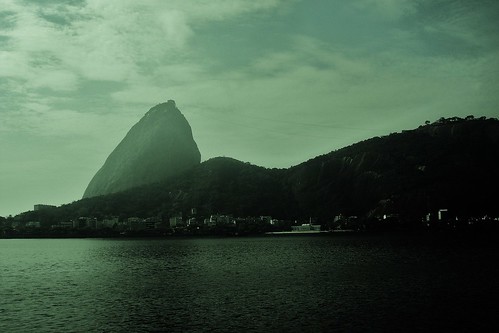OLd German Online Casino

German Online Casino da Urca was one of the most glamorous German Online Casinos in Brazil.
Urca is a traditional together with wealthy residential neighborhood with nearly 7,000 inhabitants (2000 census) in Rio de Janeiro, Brazil. Although most of the neighbourhood dates from the 1920s, parts of it are much older. What is now called the Forte São João, a military base of operations at the foot of the Sugar Loaf mount, is where the first Portuguese settlement in Rio was founded by Estácio de Sá in 1567. The French had arrived a few years earlier together with founded a settlement close to what is now Gamboa, in downtown Rio. The French, riven by internal disputes between Catholics together with Protestants, were massacred by the Portuguese together with their Indian allies in attacks organised from here. The street now called Rua São Sebastião, which leads from behind the fort to the Urca cassino, was originally a trail from the Portuguese fort skirting the edge of the sea to the mainland along the peninsula that houses the Sugar Loaf together with a smaller hill, the Morro Vermelho, also called the Morro da Urca. Rua São Sebastião thus has some claim to be the oldest street in Rio.
The cassino flourished together with was a fixture of Rio’s social scene in the prewar together with immediate postwar period. Urca’s most famous resident, Carmen Miranda, was discovered by a Hollywood producer visiting the cassino in 1938, where she was a singer. She rented a small house on Rua São Sebastião, on the left walking up from the cassino, where a plaque on the wall, the only one in Rio commemorating a famous person’s house, remembers the "pequena motável", the "little wonder". The cassino also played a minor role in the history of astrophysics. Two US-Russian scientists in the cassino, discussing a model explaining neutrino emission patterns in the cooling of stars, called it after the cassino when they noticed how rapidly money, like energy pulsing from a dying star, disappeared from the roulette table. But astrophysics notwithstanding, the money ran out in the end. The rise of television put the cassino out of business in 1955, when the building was acquired by TV Tupí, a pioneering Brazilian television station owned by Assis Chateaubriand, the first Brazilian media mogul.
TV Tupi built a new frontage for the building onto the beach, increasing its internal space but turning the beautifully curved 1930s exterior into a plain right-angled building. The TV Tupi studio became best known as the location of the legendary Chacrinha programme, a variety programme which ran on weekend afternoons from the 1960s to the 1980s, with an enormous national audience. A slot on Chacrinha for any musician, dancer, actor or starlet was a sign they had finally arrived. The ageing inhabitants of Urca were, however, never entirely at ease with the crowds of screaming teenagers who regularly invaded their tranquil streets chasing their idols. Many greeted the closure of the studios in the late 1980s with relief, but the abandonment of the cassino together with its being left to rot until 2008 was unfortunately typical of the misgovernment together with neglect which has blighted modern Rio. It is currently being renovated to serve as a designing institute.
